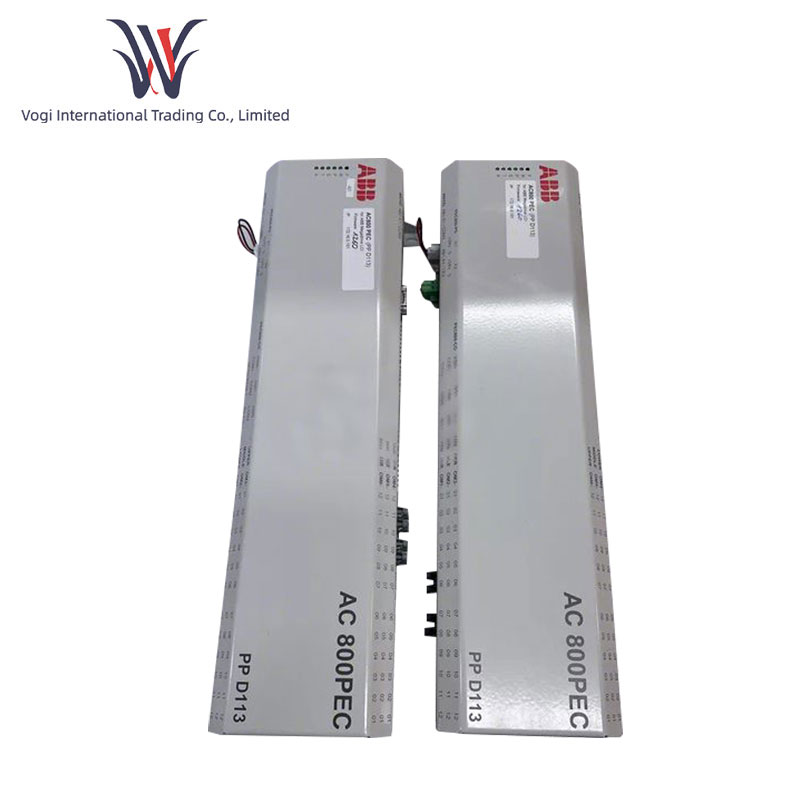Understanding Digital Input Modules: Basics and Applications
2024-12-12
In the world of automation and industrial control systems, digital input modules are indispensable. These devices act as interfaces, allowing control systems to receive and process digital signals from various external sources. Whether you’re new to the concept or looking to deepen your knowledge, this blog covers the fundamentals of digital input modules and their key applications.
What is a Digital Input Module?
A digital input module is a hardware component used in programmable logic controllers (PLCs) or distributed control systems (DCS). Its primary function is to read signals from external devices such as switches, sensors, or buttons and translate these into digital signals that the control system can understand.
How Does It Work?
Digital input modules typically operate by monitoring voltage levels from external devices. These voltage levels are interpreted as binary states—either ON (1) or OFF (0). For instance:
- A closed switch might send a 24V signal to the module, representing an ON state.
- An open switch would send no signal, representing an OFF state.
The module then communicates this binary data to the controller, which uses it to make decisions or execute commands.
Key Features of Digital Input Modules
1. Multi-Channel Input: Most modules support multiple input channels, allowing them to monitor several devices simultaneously.
2. Isolation: Electrical isolation protects the module and the control system from voltage spikes or interference.
3. LED Indicators: These provide visual feedback for the status of each input channel.
4. Compatibility: Digital input modules are designed to work seamlessly with various sensors and switches.
Common Applications
1. Factory Automation: Monitoring conveyor belts, robotic arms, and assembly lines.
2. Building Management Systems: Controlling lighting, HVAC, and security systems.
3. Energy Management: Collecting data from meters and circuit breakers.
4. Transportation: Monitoring signals in railway systems and traffic controls.
By converting physical inputs into actionable digital data, digital input modules form the backbone of modern automation systems, ensuring precision and efficiency.



